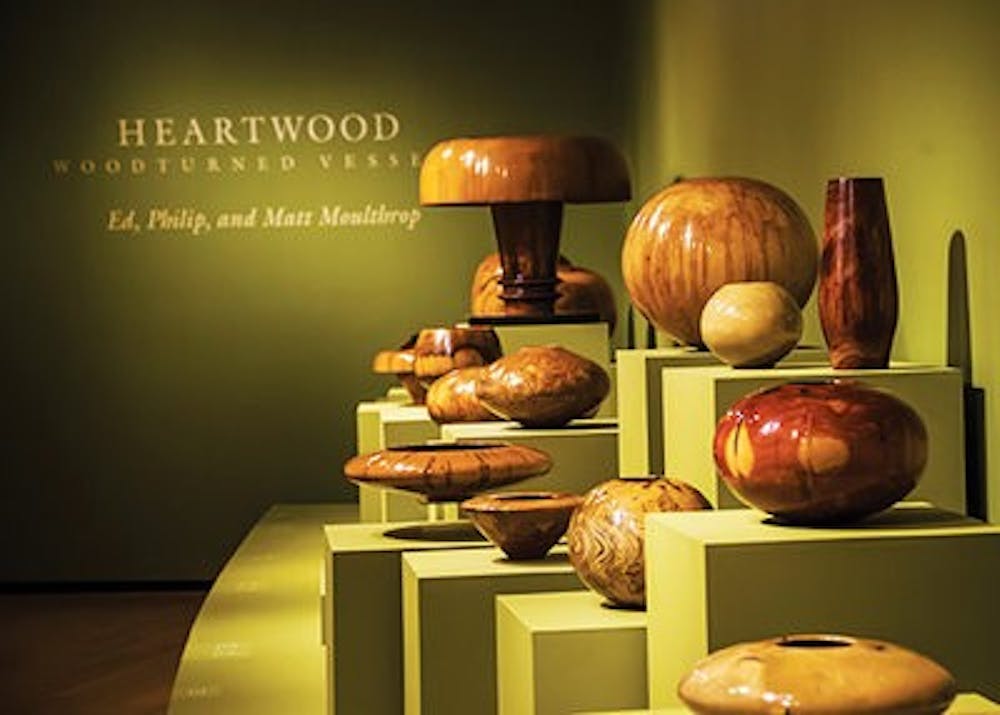Once media coverage extended across the nation that Auburn's beloved Toomer's Oaks were poisoned, third-generation wood sculptor, Matt Moulthrop, reached out to the Auburn family to commemorate the tree with a piece sculpted from tradition.
The Moulthrop family's sculptures are featured in museums throughout the nation, including the Smithsonian Institution, but the Jule Collins Smith Museum of Fine Art holds the piece closest to the Auburn Family's heart.
"The sculpture is a way to continue to celebrate and honor the trees," said Charlotte Hendrix, print and digital media producer for Jule Collins Smith Museum of Fine Art. "It was a very sad thing that happened and this is a way to turn it in to something positive," said. "It reaffirms the belief in humanity that a celebrated artist would reach out and do this as a gift to the University. Plus, it is a form of creative expression."
The exhibition "Matt Moulthrop: Auburn Oak," opened May 17 at the art museum. The exhibition features a sculptural bowl in front of a three-dimensional black-and-white photograph of the tree.
The sculpture was created from the large, Y-shaped section of one of the Toomer's oaks, chosen by Moulthrop himself.
The chosen portion of the Toomer's Oak was sent to Moulthrop in Atlanta, Georgia after the April 2013 final roll. Once it was in his hands, Moulthrop allowed the chunk of wood to soften for several months by exposing it to the elements. He then created a rough form of the sculpture before applying a treatment to prevent the wood from cracking.
Following additional shaping with a sculpting device called a lathe, Moulthrop applied a specialized finish, originally invented by his grandfather, an acclaimed architect.
"One of the things I intentionally did was to leave bark on both sides of the piece," Moulthrop said. "I did this for two reasons: one, to maximize the size of the final bowl, but also for the Auburn family who knew the tree. There is a bark inclusion at the very top of the piece, and that is where the two major limbs were reaching. This detail is significant to the character and to the historical context of the piece."
Moulthrop's consideration and attention to detail is a priceless gift to the Auburn family that will be on display until Aug. 31; the piece will then be moved to the museum's growing permanent collection, according to Hendrix.
Dr. Gary Keever, professor in the Department of Horticulture who worked closely with the poisoned Toomer's Oaks, saw the sculpture for the first time and knew it was the ideal section of the tree.
Museum visitors have been moved to tears, according to Hendrix.
Members of the Auburn family have also contacted Moulthrop in appreciation for his work with one of Auburn's most cherished memories.
"It has been humbling, and as an artist I am proud of the sculpture," Moulthrop said. "Hopefully it will be a positive outcome for something that was unspeakable and open a new tradition."
Do you like this story? The Plainsman doesn't accept money from tuition or student fees, and we don't charge a subscription fee. But you can donate to support The Plainsman.





